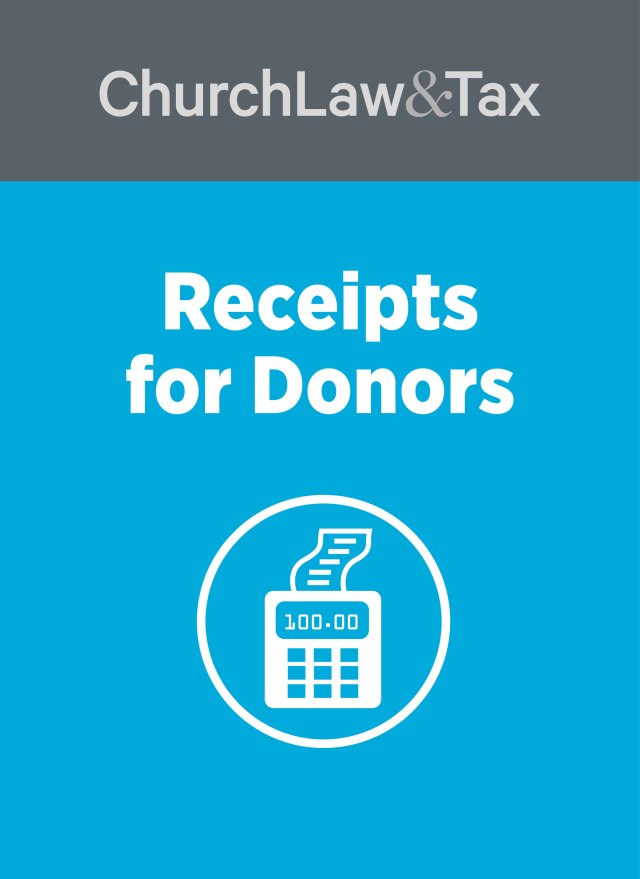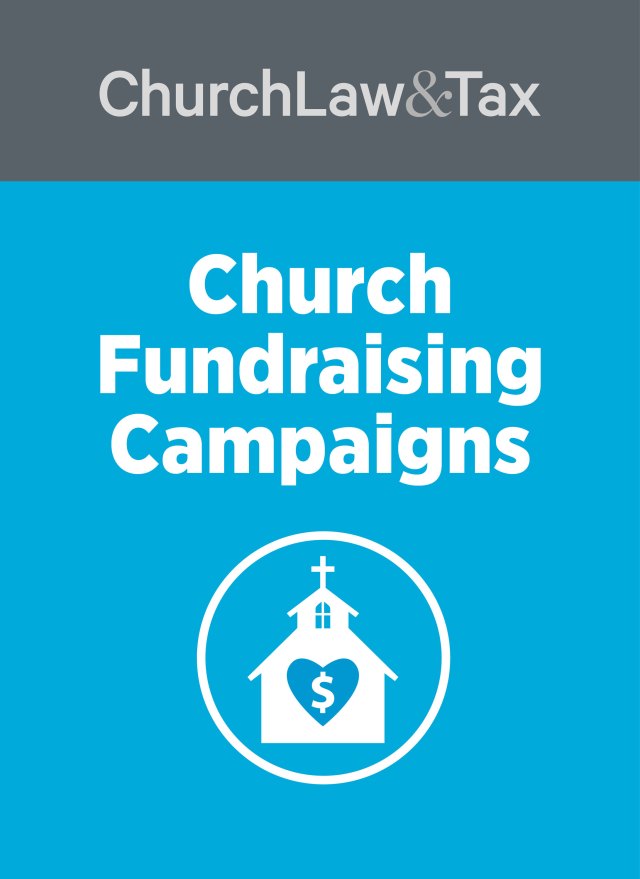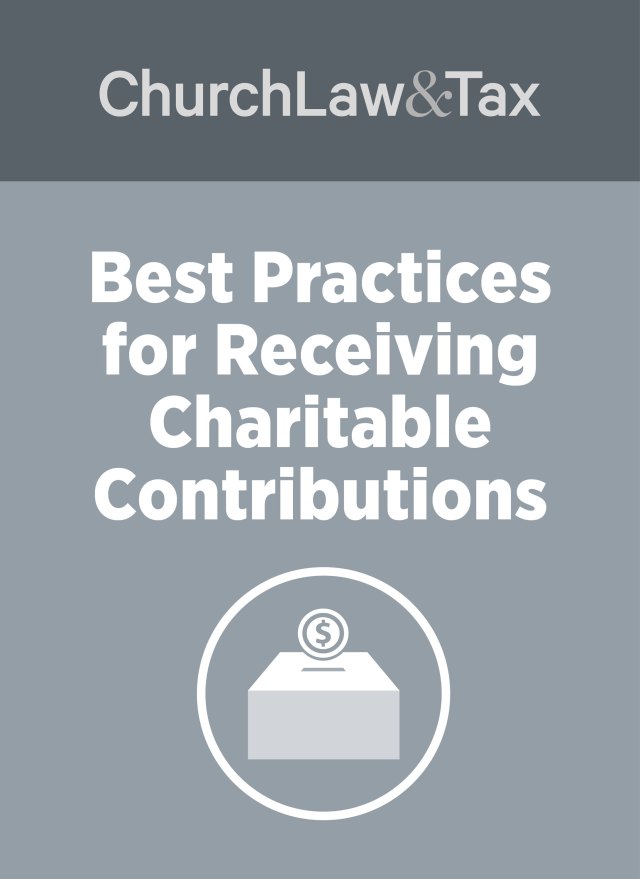One of the key financial metrics for churches is average church giving per member. This measure provides insight into the generosity and engagement of a congregation, beyond fluctuations in attendance or membership. Calculating per member giving allows churches to identify trends and implement strategies for growth.
Churches experiencing increased per member giving often share seven dominant traits. These characteristics are especially important as Millennials and younger generations engage more actively in church communities.
1. Increased Emphasis on Belonging to a Group
Members who participate in groups, such as small groups or Sunday school classes, give significantly more—up to six times more—than those who only attend worship services. Fostering group participation strengthens a sense of belonging and encourages generosity.
2. Offering Multiple Giving Venues
Per member giving rises when churches provide diverse and convenient giving options. At a minimum, churches should offer these four venues:
- Offertory giving during worship services.
- Online giving through a secure platform.
- Mailed offering envelopes for all members and givers.
- Automatic bank deductions.
Additional options, such as giving kiosks and group-specific offertories, can further enhance convenience and participation.
3. Setting Meaningful and Motivating Goals
Church members are more likely to give when the goals are meaningful and impactful. For example, a goal like “increasing total gifts by 10 percent” may lack emotional resonance. In contrast, “raising 10 percent more to expand the gospel in the 37201 zip code” connects giving to a clear and tangible mission.
4. Teaching Biblical Giving in New Member Classes
New member classes should set clear expectations for biblical church membership, including financial stewardship. Churches that discuss biblical giving unapologetically in these sessions lay a strong foundation for generosity among new members.
5. Leadership Willingness to Discuss Finances
Some leaders avoid discussing money due to misconceptions that financial topics deter attendance. However, silence about financial stewardship can hinder giving. Church leaders should approach this topic with clarity and purpose, emphasizing the spiritual importance of generosity.
6. Providing Meaningful Financial Reports
Financial reports should be easy for members to understand. Avoid overly complex reports that only financial professionals can decipher. Instead, provide clear, accessible summaries that show how funds are used and how they impact the church’s mission.
7. Ensuring Transparency in Financial Reporting
Transparency builds trust. When members sense financial information is being withheld, they may withhold their giving. While financial statements do not need excessive detail, they should provide a clear overview of how funds are received and allocated.
Encouraging Trends in Church Giving
Many churches are experiencing growth in both total giving and per member giving. By adopting these seven traits, churches can strengthen their financial health and further their mission with the support of engaged and generous members.
For more tips on increasing giving, visit the Evangelical Council for Financial Accountability or explore the IRS Charitable Contributions page.
FAQ: Average Church Giving Per Member
- How is average church giving per member calculated?
Divide the total annual giving by the number of active members to determine the average contribution per member. - Why do small group participants give more?
Small groups foster a sense of belonging and accountability, encouraging greater engagement and generosity. - What are effective ways to increase per member giving?
Provide diverse giving options, communicate clear financial goals, and ensure transparency in financial reporting. - How can financial reports improve giving?
Simple, clear reports build trust by showing members how their contributions make an impact.
Check out the downloadable resource Increase Giving at Church and the article “How Ratios Can Strengthen This Year’s Finances” by Vonna Laue.





